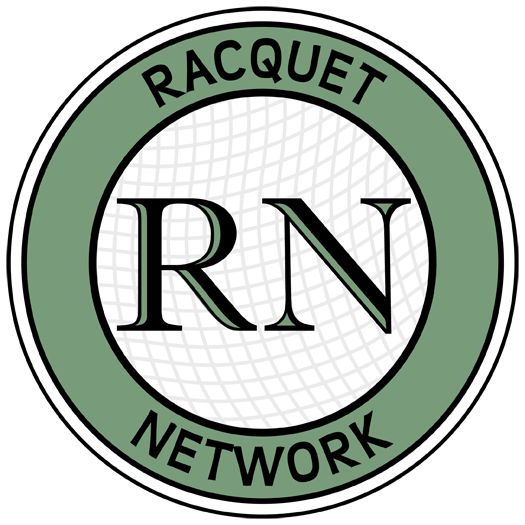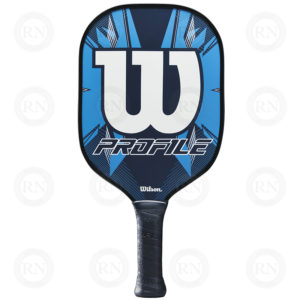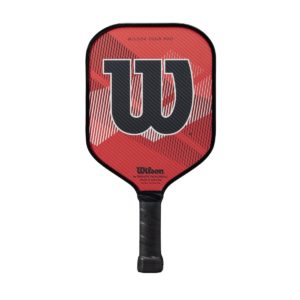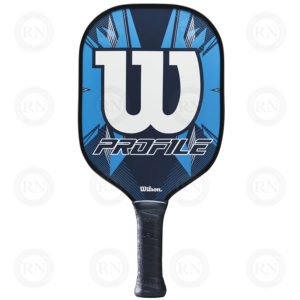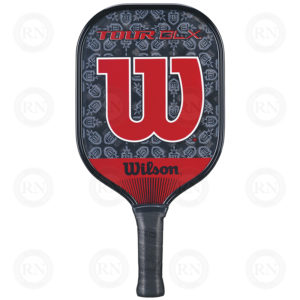
Does this make sense? Not really.
What you are seeing reflected in these price increases are poor choices made by pickleball paddle manufacturers. Rather than making their paddles in large numbers in factories, they are choosing to make them in small numbers locally. The result isn’t better paddles, it’s costlier paddles.
Paying $200 for a pickleball paddle doesn’t make anybody a better pickleball player. It just makes them poorer. The truth is that a good player is just as good with a $20.00 wooden paddle as he is with a $200.00 graphite paddle.
What has been driving pickleball paddle prices rapidly upward over the past few years is marketing. A tiny number of overpriced lifestyle brands have convinced some very gullible people that a few cosmetic changes make their paddles worth a lot more than they were charging just a year ago.
These manufacturers are now making paddles for less than they ever have while at the same time charging distributors more for each and every one of them. In order to sustain this unsustainable business model, these “lifestyle brands” have convinced a large group of retired people to peddle their paddles for little or no return. In other words, they are using cheap volunteer labour to put more money in their own pockets.
Capitalism is great, of course. We are big fans of it ourselves. However, there are times when things get completely out of hand and this is one of them.
Wilson Pickleball Paddles
Wilson makes reasonably priced pickleball paddles suitable for all levels of play.
Luxury pickleball paddles are nice, but they are not necessary and using one certainly doesn’t make you a better player. Wilson, one of the world’s leading racquet manufacturers, offers a line of paddles that are perfectly fine for use at all levels.
The Wilson Profile and the Wilson Tour BLX are best for beginner to intermediate players, while the lightweight Wilson Energy and Wilson Surge paddles are suitable for intermediate to advanced players.
None of these four paddles are expensive. The manufacturer’s suggested retail prices range from $80.00 to $120.00 but virtually every store who sells Wilson pickleball paddles sells them for less.
So consumers how have a choice. They can spend $200.00 on a luxury paddle or they can spend the same amount and get a perfectly suitable pickleball paddle AND a pair of court shoes.
